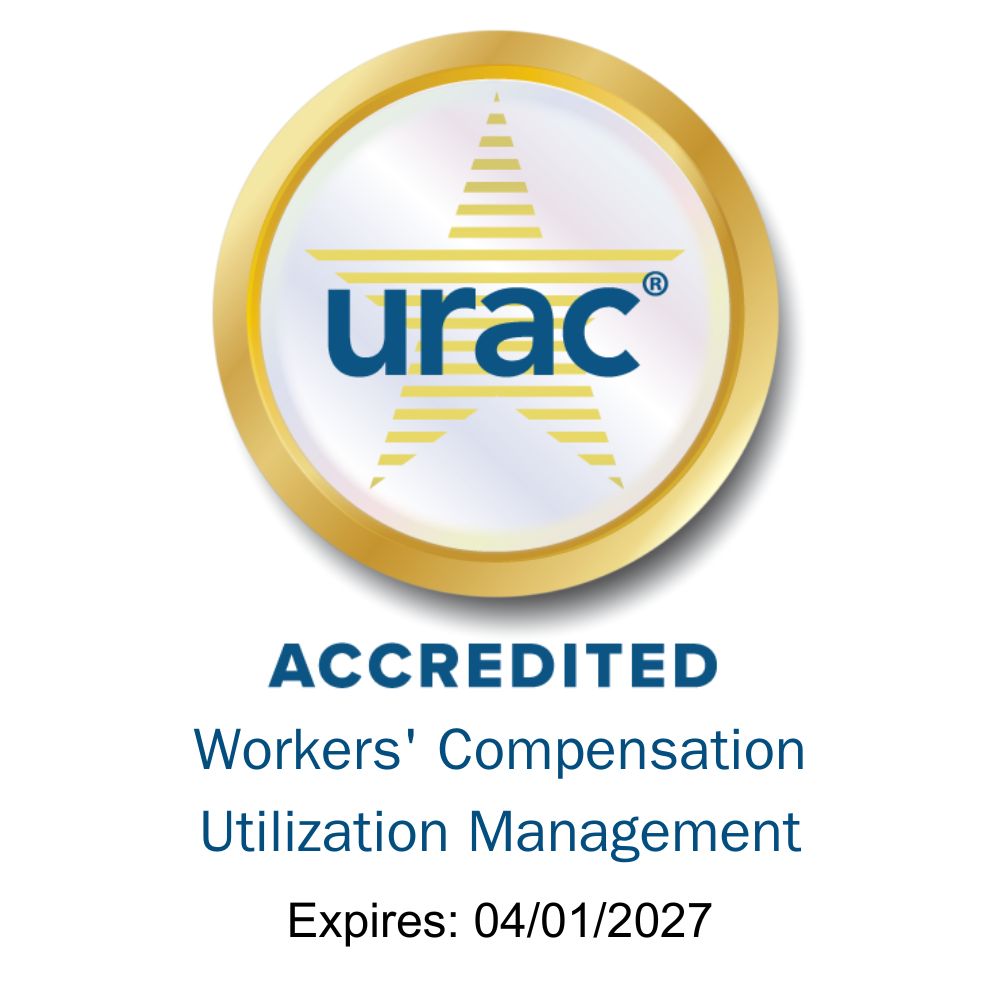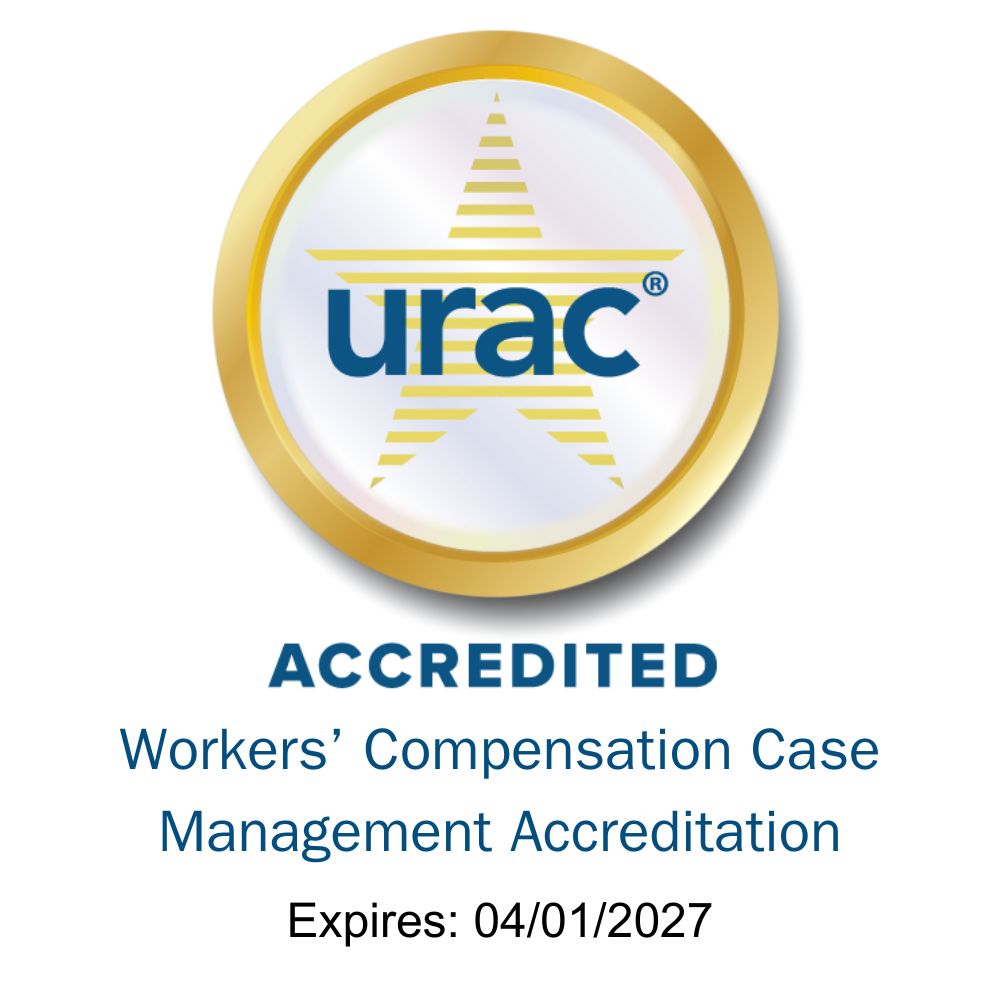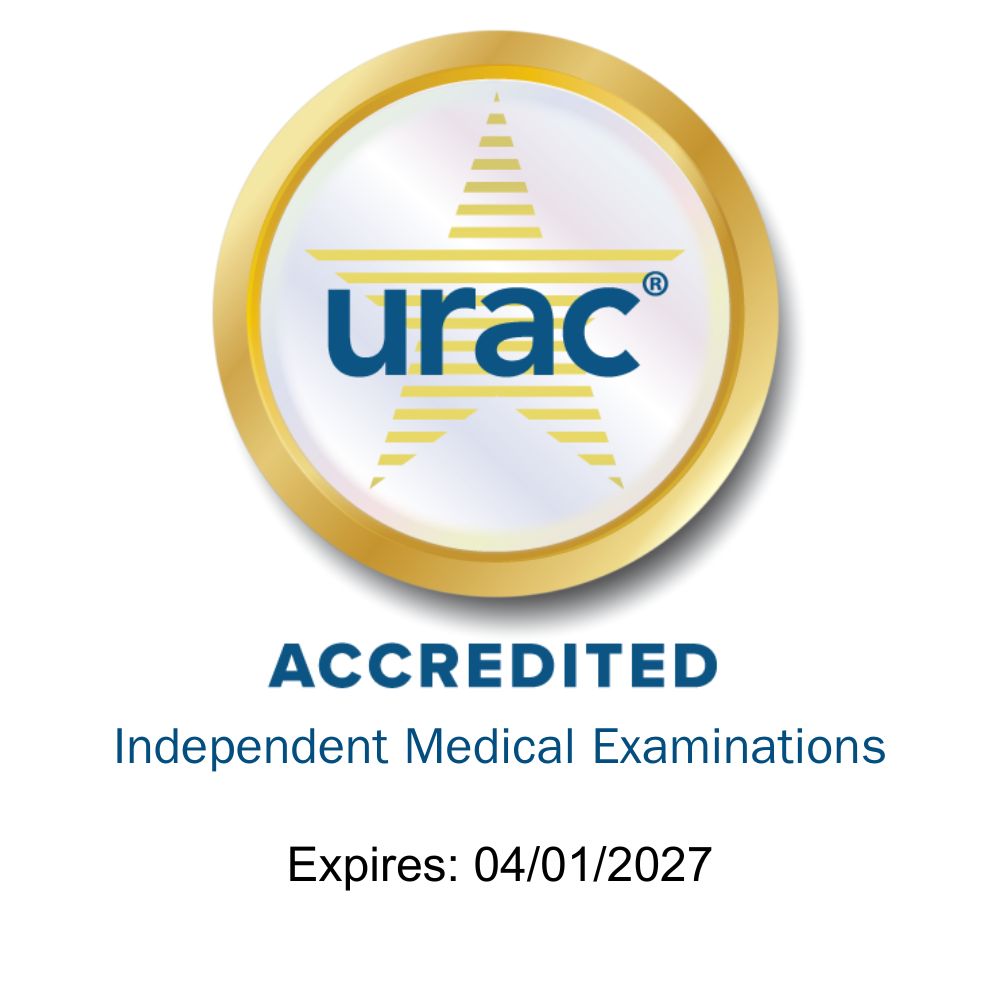Genex’s Ron Skrocki discussed why medication safety remains a significant problem in workers’ comp. In this edition, Skrocki offers effective solutions with real results in helping injured workers return to the job without the burden of opioid dependence.
Tom Kerr (TK): Welcome to Inside Workers’ Comp, a regular multimedia series in which subject matter experts discuss problems and offer solutions to top issues affecting our industry.
I’m Tom Kerr, and in part two of our discussion, Ron Skrocki, vice president at Genex Services, offers solutions to medication safety issues in workers’ comp.
TK: Ron, one of the main problems with medication safety in workers’ comp is the lack of integration in managed care programs. Ideally, what would a more integrated program look like?
Ron Skrocki (RS): Your entire clinical program needs to have a very tight integration with your medical cost containment, your bill review, and your PBM programs.
Claims organizations that are enlightened, in our view, commit that clinical resource and commit to building the systems and the analytics to give that clinical resource and that adjuster decision support so that interventions take place.
It takes a little leap of faith, right? You've got to put resources in place that you may not have today. You may have to commit to more full time nurse staff or outsource more full time nurse staff in order to attack these things.
TK: So what are the main challenges involved in developing a more integrated program to improve medication safety issues?
RS: One is aversion to change. It's that whole issue of what's the role of the adjuster? They're wanting to understand what they're paying for through TPA services or claims services and what this means incrementally.
There's also a reluctance on the part of some claims organizations where we work with carriers. You've got to have a leadership that believes that you want to make this process work and you're willing to better define or more discretely define the role of the adjuster versus the nurse, which in many claims organizations is not very well done. The adjuster decides when to use nurses.
So, if you believe that and you believe that and believe that's the right model in an era of medical technology change, of big data, of expert systems, of analytics, then you're not going to be very receptive to the idea that we're going to drop in some nurse resource and we're going to rebuild some of your technology and system linkages.
Secondly is the whole technology issue. For some payers, it's very hard to do this. Our business is not known for attracting a lot of system development dollars and a lot of emphasis on high technology. It's catching up slowly.
The third is cost. In the beginning it may mean that things as simple as, "I need two dedicated nurses. I have to commit to paying for that.” As opposed to the legacy process, which commits only to paying transactions that the adjuster decides they want to buy on a micro level.
So, it’s a macro level spend decision that today many carriers just don't make or many payers just don't have to make.
TK: So what’s the role of the case manager in this process?
RS: The typical role of case management has been modified a little bit. What we've found is most effective, is we've needed an increase in a phrase we're using internally as pharmaco‑vigiliance. It’s a focus on that part of the medical treatment, a focus on discussing that with the claimant and/or the provider, a focus on servicing the alerts and identifiers of potential trouble in that area, integrated with the traditional case management role.
What we’ve learned about this, and I think other companies who do this well know, is that this problem is big enough, is thorny enough, is difficult enough to move, where it takes a certain amount of dedicated focus and specialization in order to be effective.
TK: What results have you seen?
RS: By building these integrated best practice programs, we've seen an average of 14 percent reduction in claimants who receive opioid in their treatment plan.
It's a significant reduction for our clients. It's a significant increase in safety. And it's manifested itself in the clients, where we get their claims data, in an improvement relative to indemnity, return to work.
Part 2
Medication safety is a never-ending problem in workers' comp, but does it have to be? What are the real issues that put injured workers at greater risk and force claims off track? Listen to Genex's Ron Skrocki — or read the interview — as he discusses the missing link in Medication Safety: What's the Problem?
Tom Kerr (TK): Welcome to Inside Workers’ Comp, a regular multimedia series in which subject matter experts discuss problems and offer solutions to top issues affecting our industry. I’m Tom Kerr … and today, we’re talking about Medication Safety Problems in Workers’ Comp with Ron Skrocki, Vice President of Product Management and Development at Genex Services. Ron, thanks for joining us today.
Ron Skrocki (RS): Great to be here.
TK: Ron, here we are 2016, and medication safety remains a big problem in worker's comp. What factors are keeping us from meeting this challenge?
RS: First of all, it's a societal problem. It is broader than workers’ comp. So, the things driving prescribing patterns, the things driving the usage of these drugs, and then the lack of great tools to wean people from them. On the worker's comp piece, this business operates in a siloed environment. It operates in the context of injured workers and their physician relationship and that's separated from the way that claims are handled and payments are made. That's separated from the way bills are reviewed, and that's separated from the use of case management and the integration, or lack of integration, of pharmacy benefit management. I use the metaphor, if you took people, blindfolded them, and had them feel an elephant — and they only got to feel the one part — they would all have different perspectives on what animal they were touching or what picture they would draw based on the information they had. And, I think we still deal with this problem that way in terms of disparate processes, in terms of lack of integrated data and full picture views into what's happening with an individual claimant, what's happening with the program.
TK: So what’s causing this lack of integration in our industry?
RS: Many companies still look at their bill review process as being more administratively driven: let's not touch bills we don't have to, let's pay them in an automated fashion; let's be compliant with state regs; and let's get the unit costing right so we save ourselves money on the unit cost basis. They've spent far less time figuring out how do we identify treatment that is inappropriate? How do we identify early indications of drugs that may lead to addiction or abuse? How then do I connect telephonic case managers or specialists who then can identify whether an intervention is appropriate or would be beneficial? So not just based on their opinion but based on best practices driven by data. What sounds like a fairly simply connection with the feedback loop and the analytics that tie it to ultimate claims costs is fundamental to all of these programs being effective. And it is not present to the degree it needs to be in many of the programs that we walk into.
TK: Ron, thanks for your insights. On our next Inside Workers’ Comp, we’ll discuss solutions to these medication safety problems. Until then, thanks for listening.







